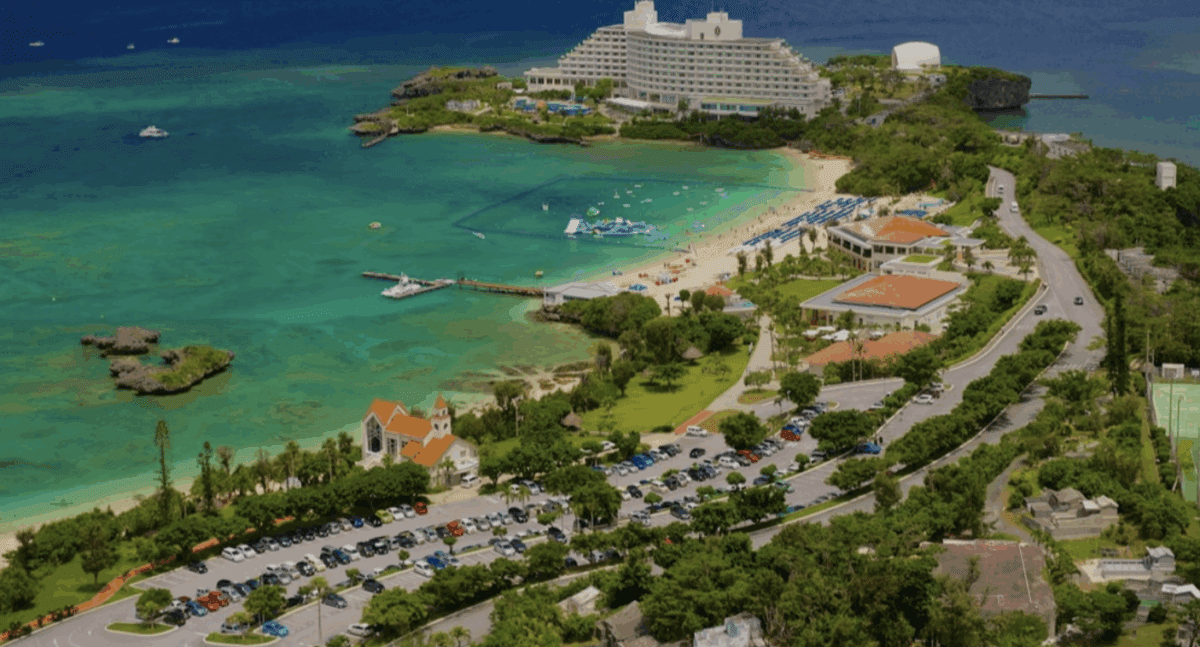


This post was originally published on this site
The Baseball Federation of Japan (BFJ) and NPB Enterprise will co-host the WBSC U-18 Baseball World Cup 2025 presented by RAXUS from 5 to 14 September in the Okinawa Prefecture with the support of the High School Baseball Federation.
The Okinawa islands are part of the Ryūkyū archipelago, separating the Pacific Ocean from the East China Sea. They became the Okinawa Prefecture in 1879, the southernmost and westernmost prefecture of Japan, together with the Sakishima and the Daito Islands. In total, there are 160 islands; 49 are inhabited.
The main Okinawa Island is the smallest and least populated of the five main islands of Japan. It is approximately 106 kilometres (or 66 miles) long and 11 kilometres (7 miles) wide.
The island is located roughly 640 kilometres (400 miles) south of the main island of Kyushu and 500 kilometres (310 miles) northeast of Taiwan.
The Okinawa cities of Naha and Itoman will play host to the WBSC U-18 Baseball World Cup 2025 presented by RAXUS.
Naha, which has about 320,000 residents (as well as 800,000 people in the greater Naha area) and is the seat of the Okinawa Prefecture, hosts the main stadium of the XXXII WBSC U-18 Baseball World Cup, the Okinawa Cellular Stadium. The 15,000-seat stadium, originally known as the Naha Municipal Onoyama Baseball Stadium, has a natural grass field and measures 100 metres (328 feet) at the foul poles and 122 metres (400 feet) in centre field. It has been the Spring Training home of the Yomiuri Giants of Nippon Professional Baseball (NPB) since 2011.
Itoman occupies the southern tip of the island. The city has a population of approximately 61,000. Nishizaki Stadium in Itoman will be the second venue of the WBSC U-18 Baseball World Cup 2025. The stadium has a 12,000-seat capacity and is part of the Nishizaki Athletic Park. The venue has a natural grass field which measures 98 metres (322 feet) at the foul poles and 122 metres (400 feet) in centre field. NPB’s Chiba Lotte Marines use the stadium as one of their spring training camp bases. The Orix Buffaloes (also NPB) used it as well as their spring training facility until 1992.
The WBSC U-18 Baseball World Cup 2025 will be part of the 80th anniversary of the end of the Second World War. Okinawa aims to promote world peace through sport and international exchange initiatives.
The Battle of Okinawa, codenamed Operation Iceberg, was a major battle of the Pacific War fought on the island of Okinawa by the United States Army and United States Marine Corps forces against the Imperial Japanese Army. The initial invasion of Okinawa on 1 April 1945 was the largest amphibious assault in the Pacific Theater of World War II.
The 82-day battle on Okinawa lasted from 1 April 1945 until 22 June 1945, when The highest-ranking Japanese officers, General Ushijima and his chief of staff, committed ritual suicide (hara-kiri). Over 100,000 Japanese soldiers died in the battle. The allied forces reported 48,000 casualties.
The campaign officially concluded on July 2, 1945, though some isolated pockets of Japanese resistance continued for a few days.
Japan’s unconditional surrender was announced on August 15, 1945. The formal ceremony for the surrender of Japan was held on September 2, 1945, aboard the USS Missouri in Tokyo Bay.
In 1995, the Okinawa government erected a memorial monument named the Cornerstone of Peace in Mabuni, the site of the last fighting in southeastern Okinawa.
The Okinawa islands are nowadays a popular year-round vacation destination, and baseball is not the only popular sport. The Okinawa island is a place of convergence for Chinese and Japanese cultures and is where karate was born in the 17th century.